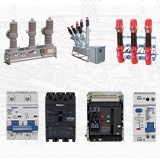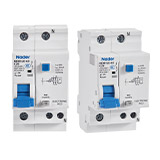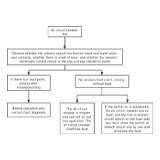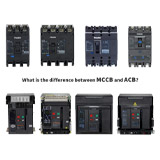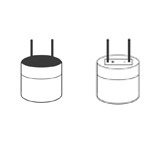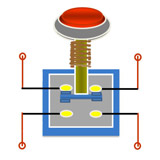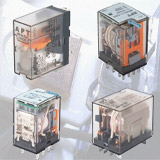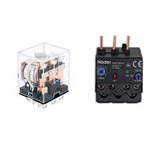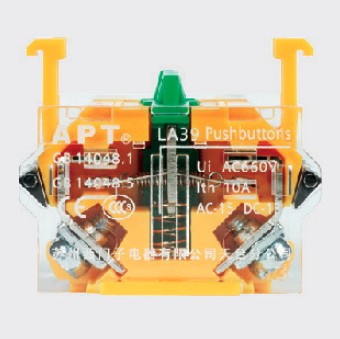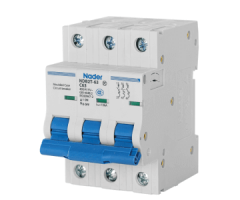Both relays and contactors are electromagnetic switching devices, relays are switching devices that work in the control loop, and contactors are switching devices that work in the main loop.

Relay
The relay is an automatic electrical appliance, which is suitable for remotely connecting and breaking AC and DC small-capacity control circuits, and provides control, protection and signal conversion functions in the electric drive system. The input quantity of the control relay is usually the electric quantity such as current and voltage, and it can also be non-electric quantity such as temperature, pressure, speed, etc. The output quantity is the electrical signal sent by the contact or the parameter change of the output circuit.
1. When the relay is represented by a single letter, use K.
2. When the relay is represented by double letters, there are:
KA - Instantaneous contact relay, Instantaneous with or without relay, AC contactor.
KL - Latching contact relay, Bistable relay.
KM - Contactor.
KP - Polarized Relay.
KR - Reed relay, Countercurrent relay.
KT - Delay with or without relay, Time relay.
Contactor
Contactors are divided into AC contactors (voltage AC) and DC contactors (voltage DC), which are used in electric power, power distribution and electricity applications. In a broad sense, a contactor refers to an electrical appliance that uses a coil to flow current to generate a magnetic field and close the contact to control the load.
The graphic symbol of the contactor is shown in the figure below, and the text symbol is KM.
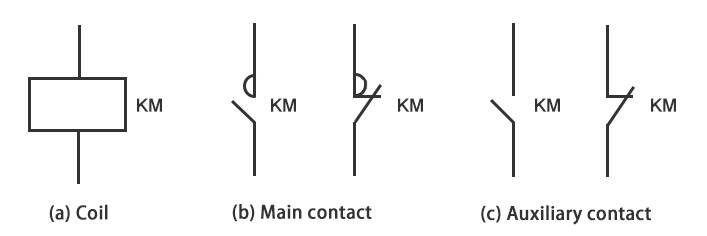
Wiring method of contactor
Self-locking
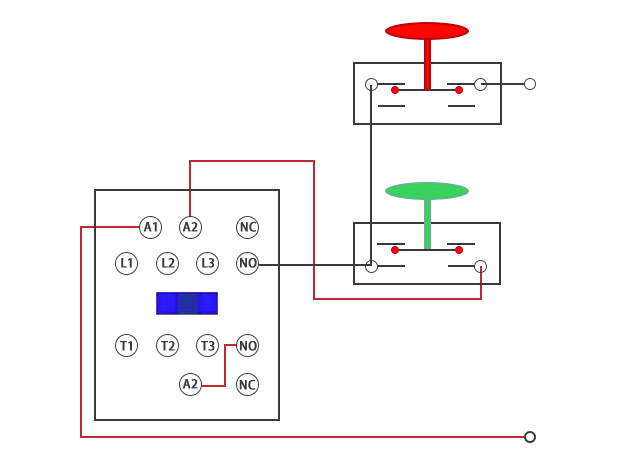
Interlock
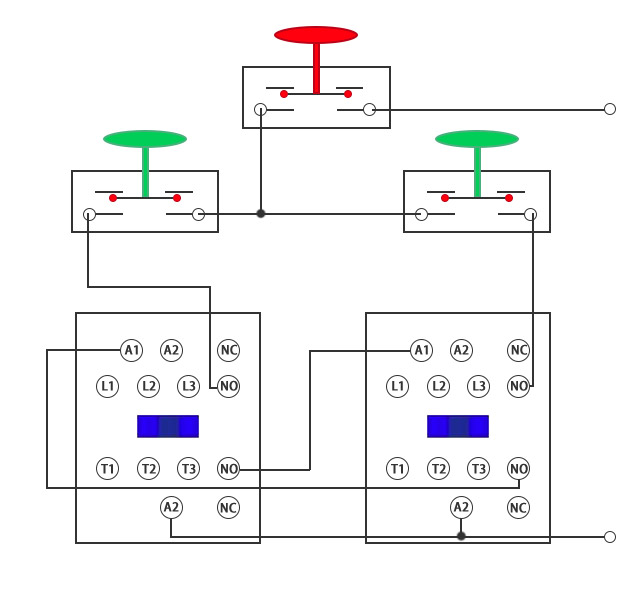
The difference between relay and contactor
1.Different functions:
The primary function of a relay is signal detection, transmission, conversion, or disposal. Its on-off circuit current is generally small, and it is generally used in control circuits to control weak signals.
The primary function of the contactor is to connect or disconnect the main circuit. Generally, the current through the main circuit is larger than that of the control circuit.
Contactors with large capacity generally have arc extinguishing covers. The contact capacity of the relay generally does not exceed 5A, the contact capacity of the small relay generally only needs 1A or 2A, and the contact capacity of the contactor is at least 9A; the contactor of the contactor generally has three pairs of main contacts (the main contacts are all It is a normally open contact), there are also several pairs of auxiliary contacts.
The contacts of the relay generally do not need to distinguish between main contacts and auxiliary contacts. The contacts of the relay are sometimes arranged in pairs, that is, the normally open contacts and the normally closed contacts are combined, and the contactors are not arranged in pairs. Due to specific needs, relays will be combined with other equipment and planned into time relays, counters, pressure relays, etc., which have additional functions, while contactors generally do not.
2.The contact opening and closing are not the same:
The contactor is used to connect or disconnect the load with higher power. It is used in the main circuit. The main contact can have interlocking contacts to indicate the opening and closing of the main contact. Relays are generally used in electrical control circuits to expand the contact capacity of miniature or small relays to drive larger loads.
3.Whether it has an arc extinguishing device:
The most important difference between contactors and relays is that contactors have arc extinguishing devices, but relays do not.
